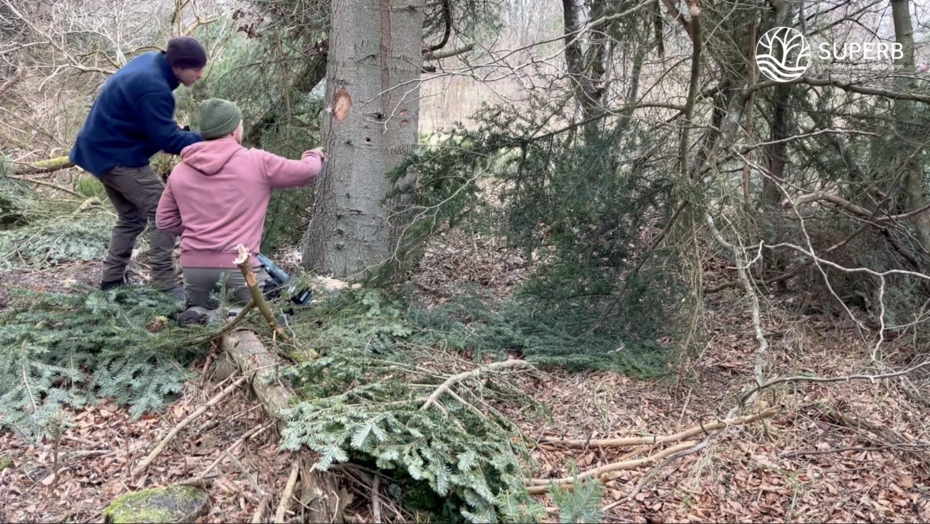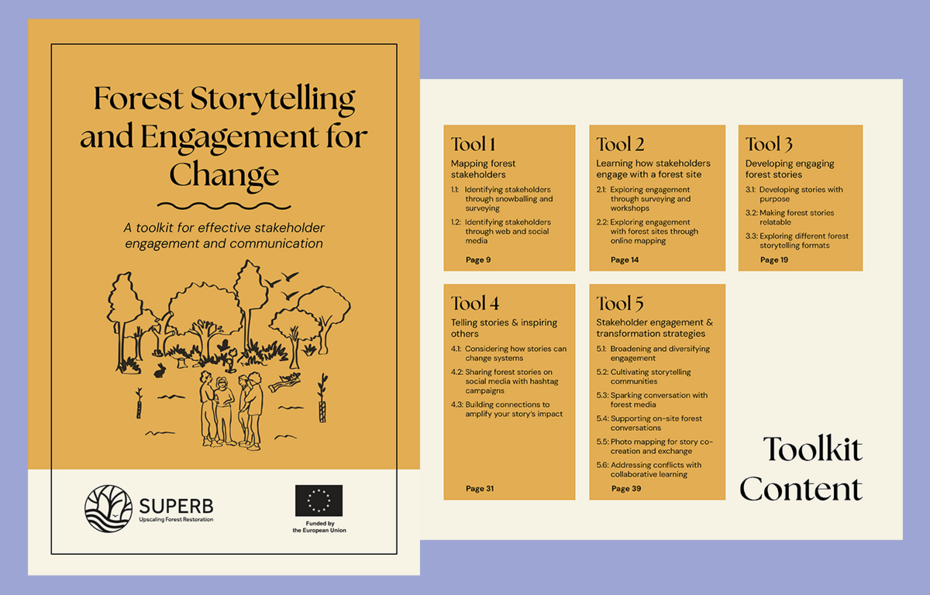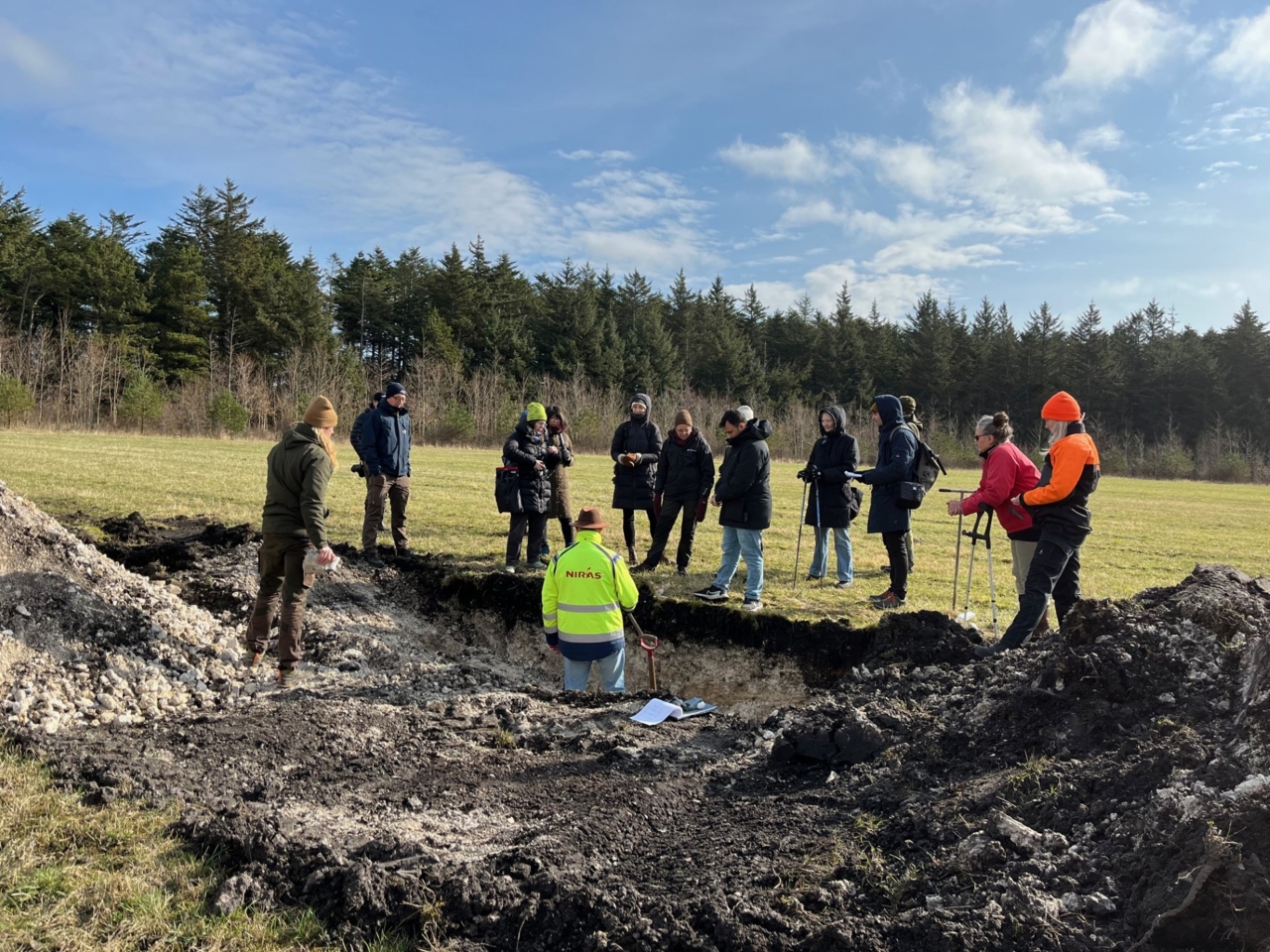
3.5 Stakeholder Engagement

Stakeholder engagement in the implementation phase of forest restoration is crucial to achieve greater legitimacy, effectiveness, and long-term sustainability. Regular engagement helps you to manage and align stakeholder expectations, reducing misunderstandings and fostering goodwill, which is vital for navigating challenges during project implementation.
These stakeholder groups can involve neighboring forest owners, local communities, representatives from administrative bodies, NGOs, policy makers and potential funders of restoration activities.
One opportunity for you is to empower local communities to support or even lead specific restoration activities, such as tree planting, firebreak creation, or monitoring biodiversity. Community-led projects foster ownership and if including also the early co-planning make it more likely that interventions are well adapted to local socio-economic and ecological contexts.
Land owners, restoration funders, and NGOs play distinct but complementary roles in forest restoration. Their engagement can be structured to maximize their strengths and align their interests with ecological goals.
Forest/land owners who are themselves not directly involved in the restoration implementation should wherever possible be involved to provide advice on e.g. species selection or take part in participatory planning when it comes to restoration goal and land-use decisions. Another option for involvement is peer learning, when you for instance facilitate an owner-to-owner exchange to share success stories and lessons learned.
You can involve restoration funders when providing them with clear, credible documentation of implementation and monitoring data to show return on investment – both ecological and social. To foster long-term commitment, funders should be encouraged to support multi-year programs, not just one-off planting efforts.
NGOs can be engaged to support community liaison, because they often have deep local ties and can bridge gaps between authorities and residents. You can also invite them to provide ecological assessments, restoration planning, or biodiversity monitoring. When involved in partnerships, NGOs can work as co-implementers or advisors in site selection, conflict mediation, or project design.
Capacity Building and Training play an important role as well, therefore as restoration planners and implementers you can consider providing training, resources, and technical support to stakeholders to enable meaningful participation and build local capacity for restoration, monitoring, and adaptive management.
As in all other steps in the restoration management cycle, it is important to maintain open channels of communication, to keep your stakeholders informed about project progress, challenges, and outcomes, as well as to create mechanisms for regular feedback and adaptive management, allowing stakeholders to review and adjust project activities as needed.
Related resources
Young Guardians in the Forest
In our demo site in Thy, Denmark, students from Billede School joined the SUPERB project to get hands-on with nature restoration. Led by experts from Naturstyrelsen, the students didn’t just learn about biodiversity in the classroom—they ventured into the forest, rolled up their sleevesand helped to create microhabitats.
Forest Storytelling and Engagement for Change
Forest Storytelling and Engagement for Change offers a range of practical tools and starting points to support those living and working with forests to map which kinds of stories are told and to explore how to tell stories that can make a difference.
Success from the ground up: Participatory monitoring and forest restoration
Global forest restoration initiatives offer a critical chance to reverse deforestation and degradation, but success depends on collaboration across stakeholders and strong local involvement. Effective monitoring systems are essential to scale, adapt and track progress, with participatory monitoring emerging as a key tool. This review explores its role through case studies, experiences and concepts, highlighting lessons learned and pathways to enhance restoration outcomes worldwide.





